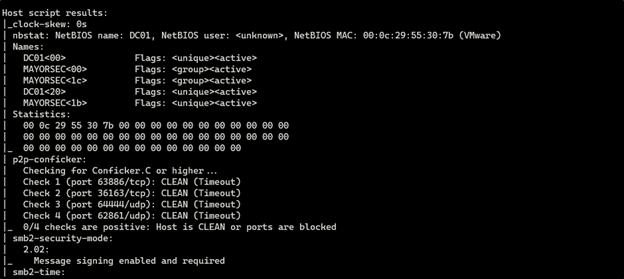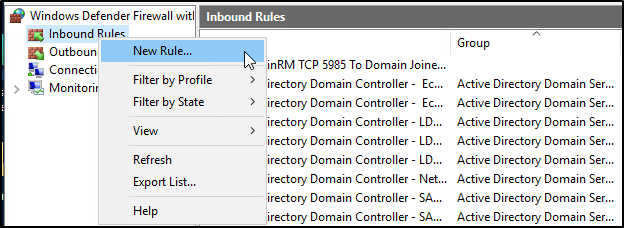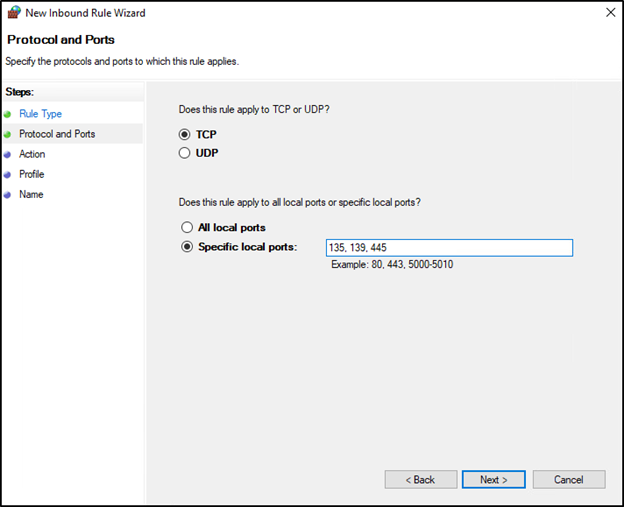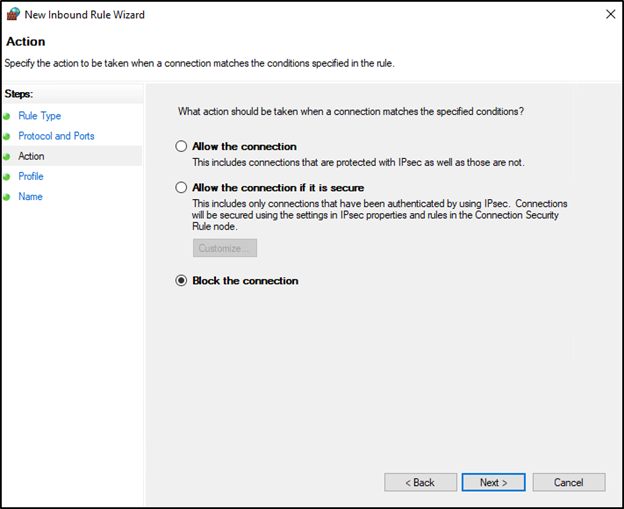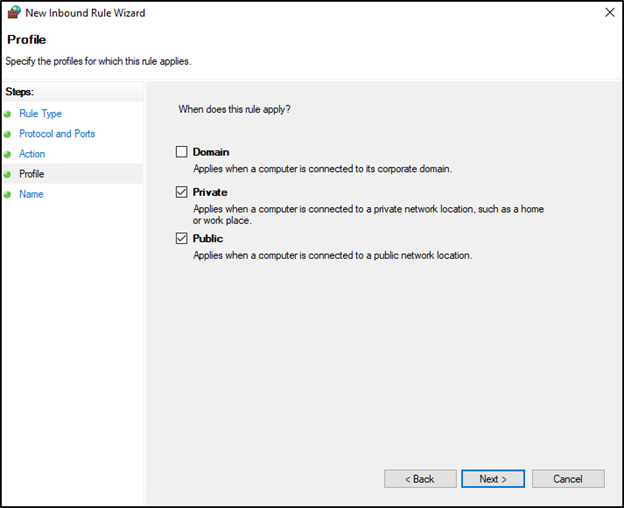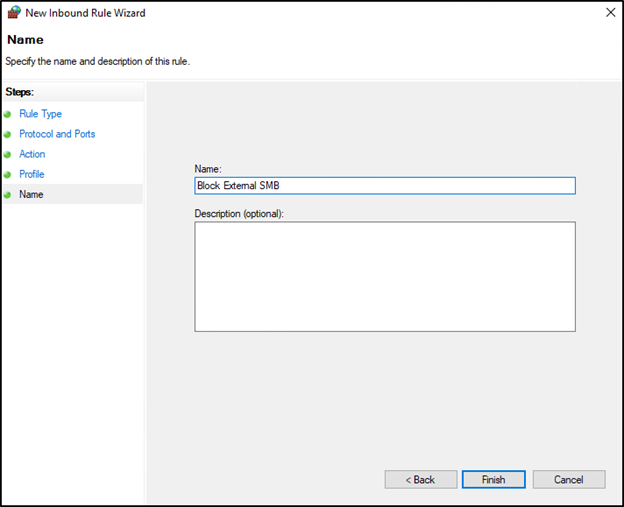Insecure Service
SMB Service Availability to Internet or Other Unauthorized Users
TCM-KB-EXT-001
Last Updated: 6/26/2023
Microsoft Windows Server
The recommended remediation steps and configurations described in this response would primarily affect systems running Microsoft Windows Server.
SMB
SMB refers to Server Message Block.
A small message block refers to a compact unit of data transmission used in communication protocols. It typically contains a limited amount of information, such as a command, status update, or a small portion of a larger message, allowing for efficient and rapid exchange of data between devices or systems.
Contributor

Joe Helle
Chief Hacking Officer
Recent Blogs

An Invisible Threat: Empty Passwords within Active Directory
Empty passwords in Active Directory represent a major threat to your organization’s security. Learn more about this vulnerability and how to remediate it.

Preparing for Your Cybersecurity Interview: Common Pitfalls and How to Avoid Them
Check out these cybersecurity job interviewing tips from former cybersecurity recruiter and TCM Security Director of Growth Joe Hudson.

What Does A SOC Analyst Do?
Thinking about a career as a SOC Analyst? Learn more about the day-to-day work of a SOC Analyst and paths for career progression.

Exploring the Role of Linux in Ethical Hacking
Will learning Linux help you become an ethical hacker? Read our article to learn how understanding Linux can (and cannot) help you advance your hacking career.
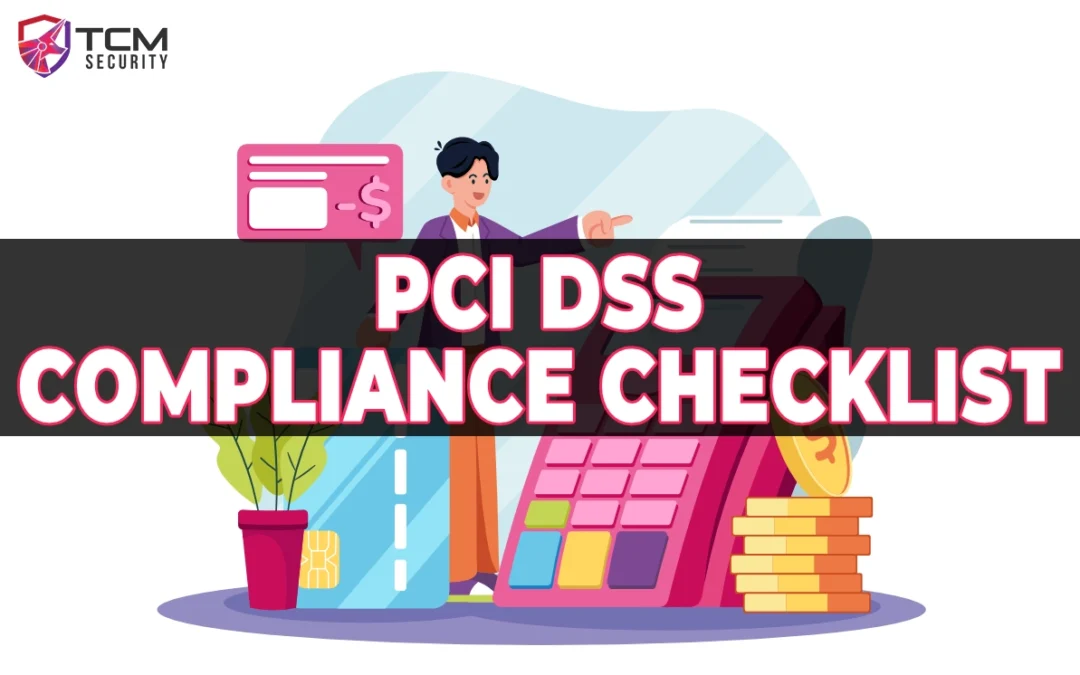
PCI DSS Compliance Checklist: Ensuring Your Business Meets Regulatory Standards
Every business that processes credit card data must comply with PCI DSS regulations. Review the PCI DSS compliance checklist to find out what is required.
Issue
The SMB service on the domain-joined endpoint is available to the Internet. This could permit information disclosure of internal network identities (i.e., fully-qualified domain names of internal domains) and accessibility of an external entry point for brute force attacks.
Recommended Remediation
The following outlines the recommended steps that the systems and network administrators should take in order to secure the environment.
Utilizing a user account with administrative privileges, open Windows Defender Firewall with Advanced Security.
Right-click inbound Rules and select New Rule.
In the Rule Type window, click Port and select next.
Select the TCP option, and below, the Specific local ports option. Enter ports 135, 139, 445 and click Next.
On the next screen, select Block the connection and press Next.
In the next window, deselect Domain and Private, and select Public. If you prefer to only allow domain-connected devices to access the SMB service, deselect only Domain, and select Private and Public. Press Next when complete.
In the next window, specify a name for the new firewall rule, and enter a description if desired. Press Finish when complete.
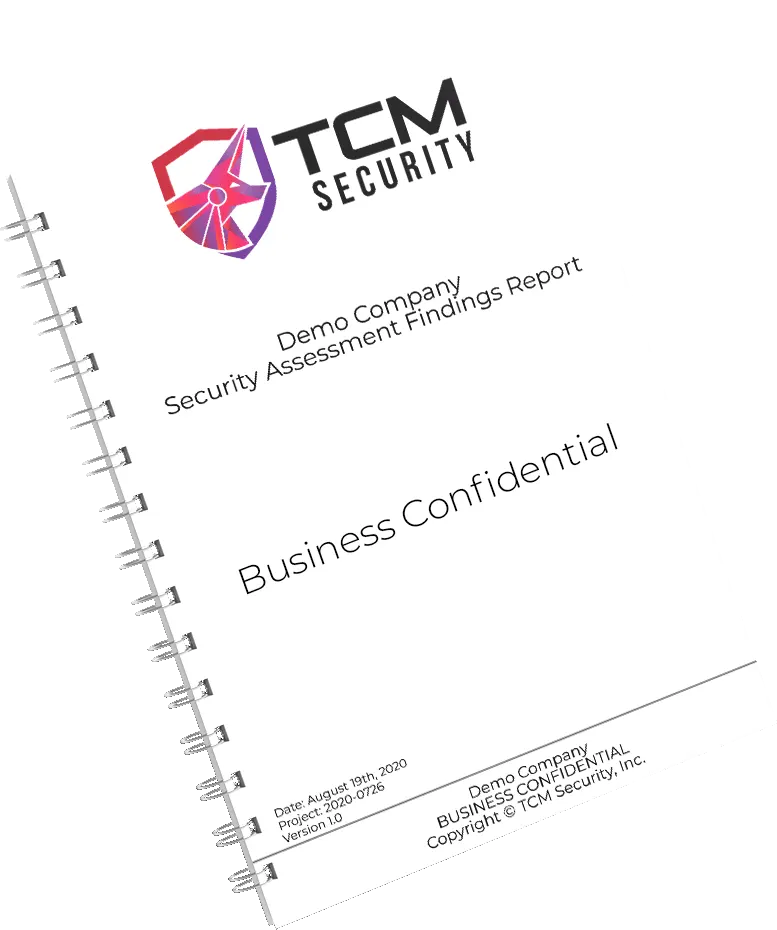
Sample Pentest Report
See The Results We Can Deliver To You. No Email Required.
See How We Can Secure Your Assets
Let’s talk about how TCM Security can solve your cybersecurity needs. Give us a call, send us an e-mail, or fill out the contact form below to get started.

